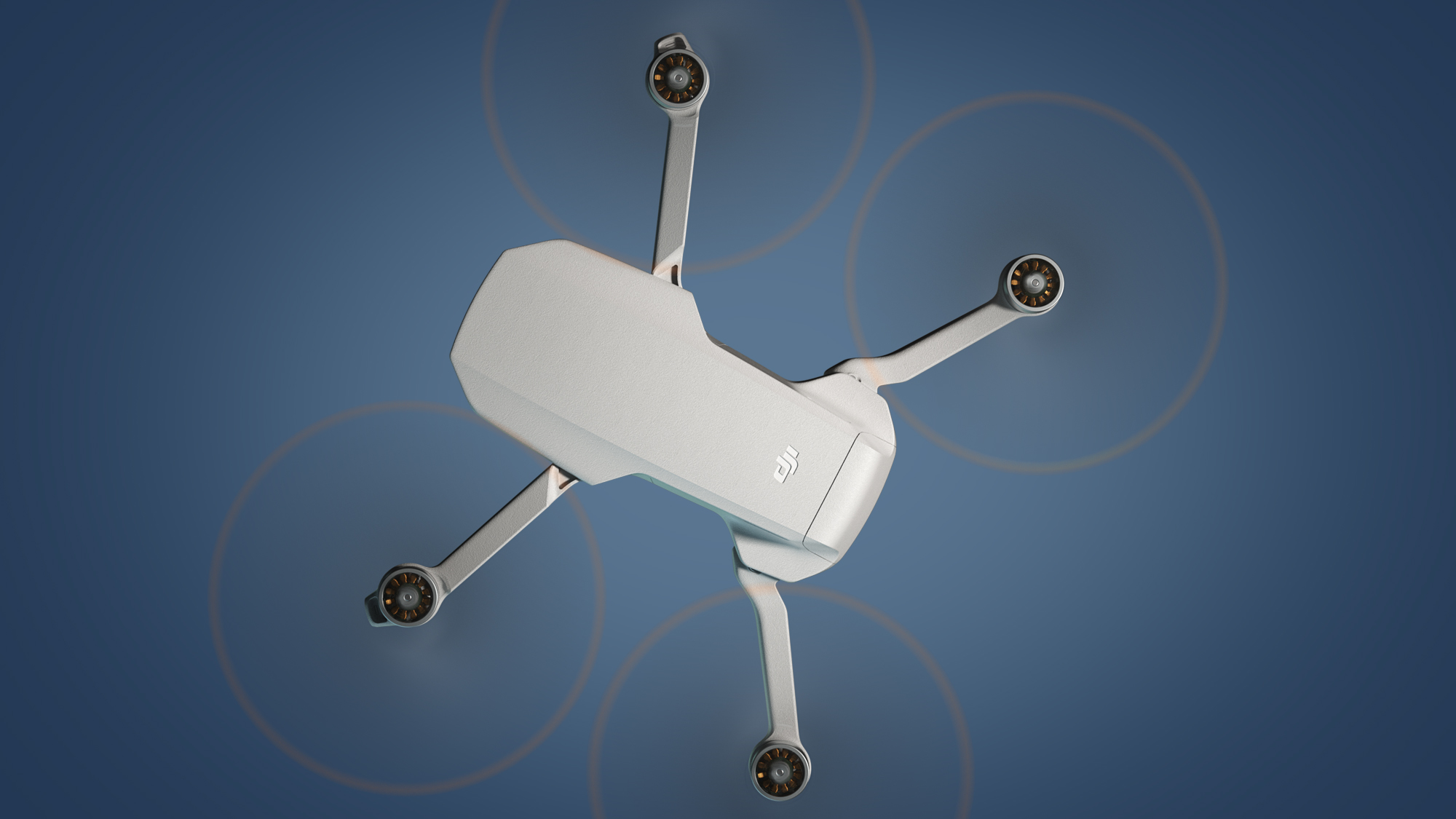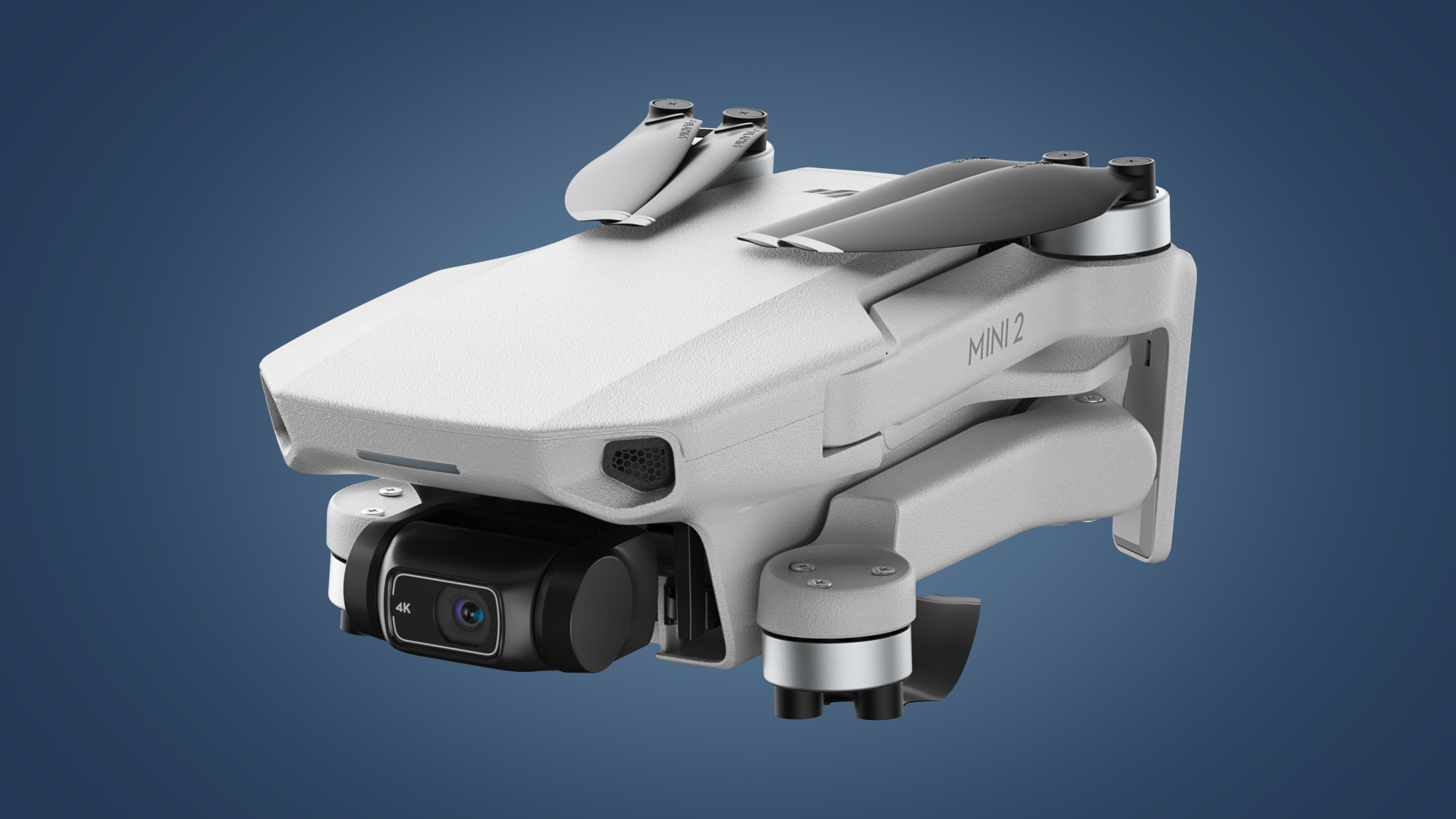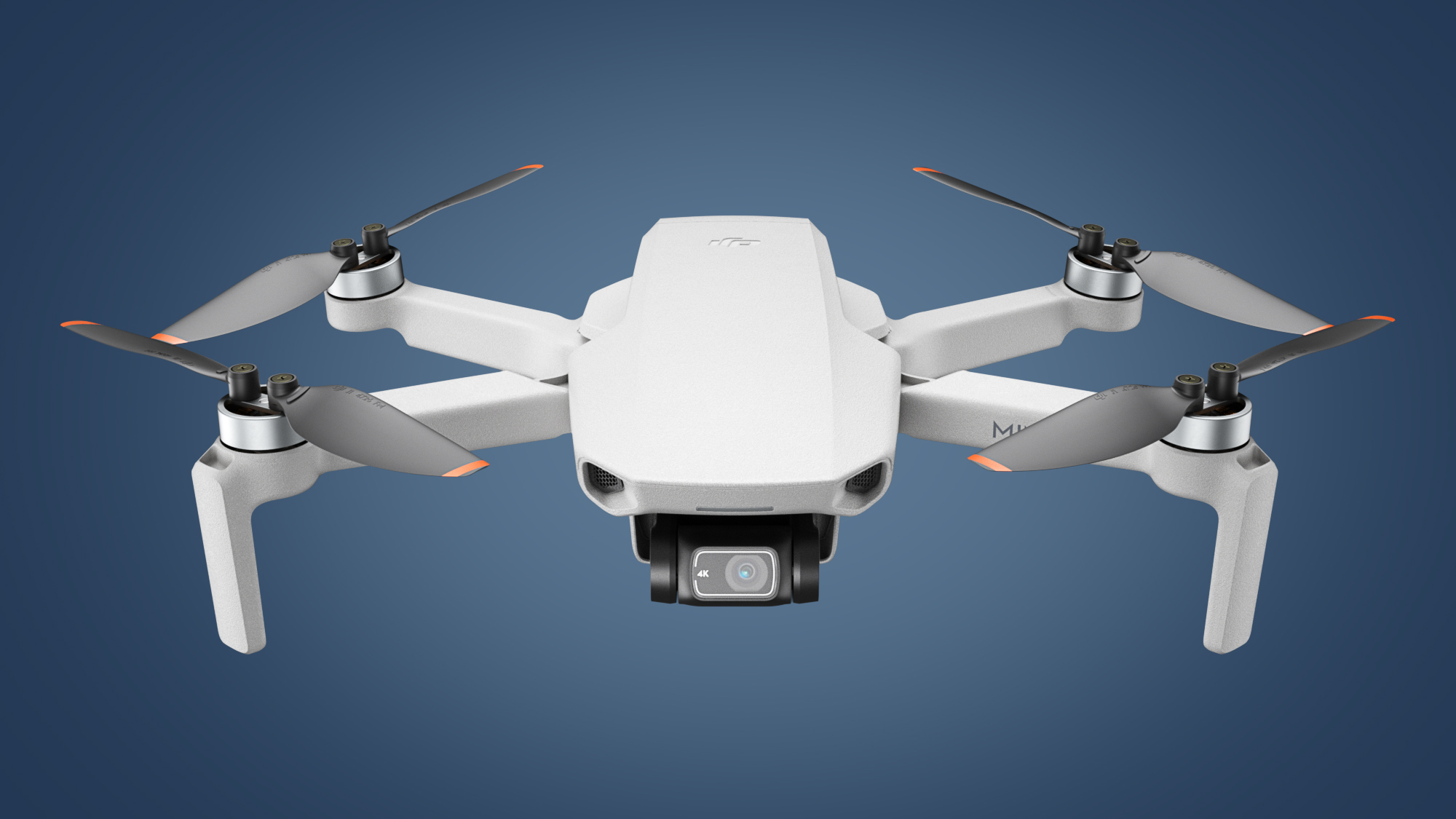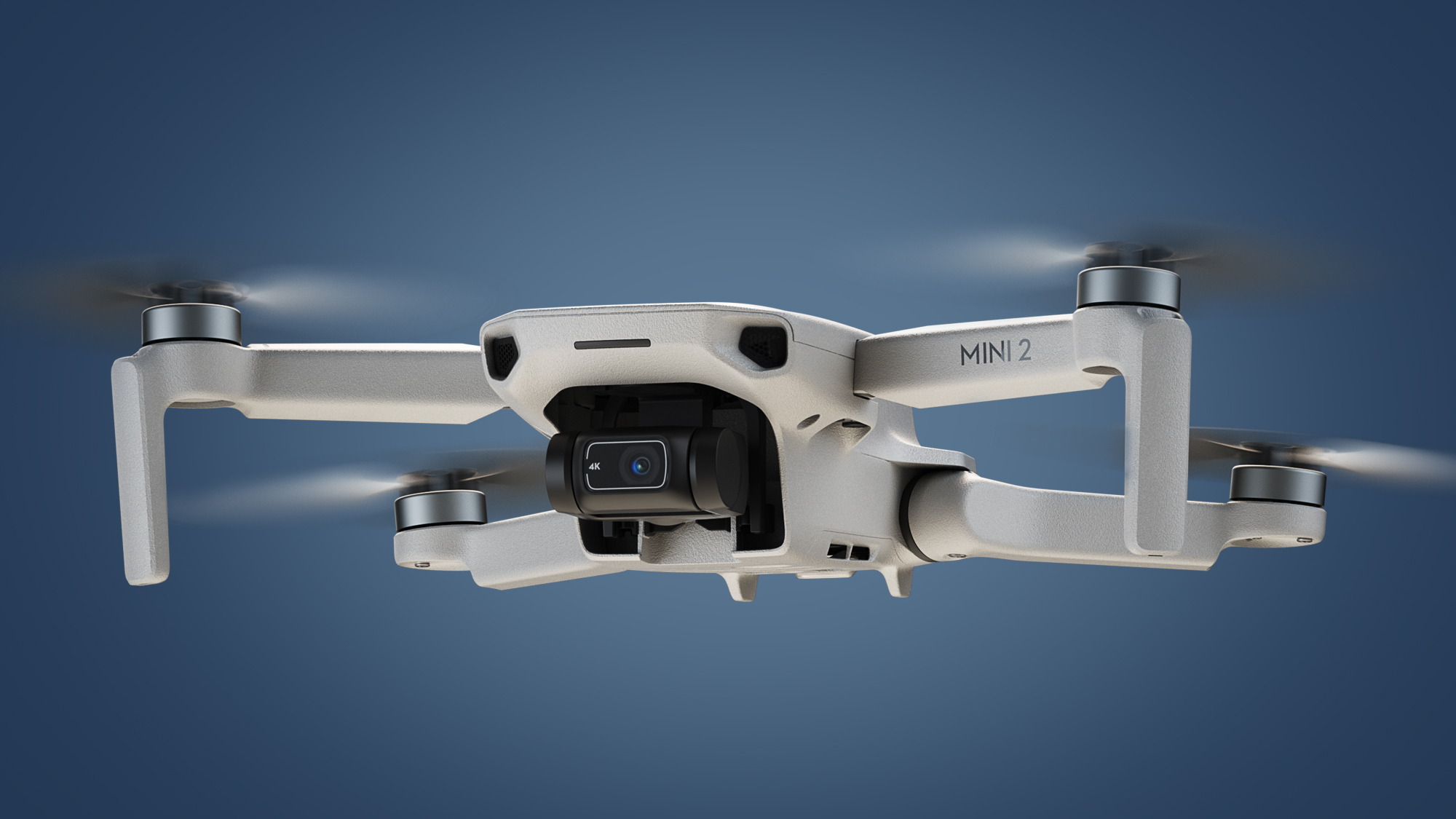The DJI Mini 2 has flown into our lives just a year after the arrival of the DJI Mavic Mini. It's surprising to see a successor to DJI's smallest and cheapest drone already, so what new tricks has it learnt in just 12 months?
On the surface, the DJI Mini looks identical to the Mavic Mini, with both drones featuring identical designs and three-axis gimbals.
There are other similarities, too – both the Mini 2 and Mavic Mini have the same image sensor, automated QuickShot modes and DJI Fly companion app.
But DJI has managed to add a few headline upgrades that could tempt existing Mavic Mini owners to trade their drones in for the new model.
While the Mini 2 remains an beginner drone that falls short of offering pro-level flying performance or features, it is the most powerful little flying camera we've seen at this size and price point.
Here are the five main ways the DJI Mini 2 differs from 2019's Mavic Mini, which will remain on sale as an even cheaper alternative...
- These are the best drones in the world right now
- Black Friday deals: check out the hottest tech deals so far
- Or check out our guide to the best DJI drones you can buy right now
1. The Mini 2 shoots 4K video
One of our main criticisms of the DJI Mavic Mini was that it didn't record 4K video, instead topping out at a maximum 2.7K/30p resolution. The Mini 2 addresses that with a headline 4K/30p mode, which it can shoot at a bit-rate of 100Mbps.

By comparison, the Mavic Mini could only shoot at 40Mbps, so the Mini 2's combination of resolution and bit-rate should represent a decent step up in video quality, particularly if you're shooting footage for the big screen.
That said, the DJI Mavic Air 2 offers another step up with its combination of a larger 1/2-inch sensor and 120Mbps bit-rate.
The Mini 2 actually uses the same 1/2.3-inch sensor as the Mavic Mini, and we're slightly disappointed to see there's still no 2.7K/60p mode on the new model. But its 3-axis gimbal means you can expect superior overall quality than the most other entry-level drones.
2. Ocusync helps the Mini 2 fly further
DJI uses different transmission systems (which is the way the drone and controller communicate) for different models. Its beginner drones tend to use Enhanced Wi-Fi, which is what we saw on the DJI Mavic Mini. But thanks to a new controller, the Mini 2 has surprisingly has a more advanced proprietary system called Ocusync 2.0.
What does this mean? You'll be able to control and see the Mini 2's video feed from much further away than on the Mavic Mini. While the latter's maximum range is 4km, its successor promises to be controllable via a reliable HD video feed from 6km away (in Europe) or 10km in FCC-compliant countries like the US and Australia.

This is because Ocusync 2.0, which we also saw recently on the DJI Mavic Air 2, supports both 2.4GHz and 5.8Ghz frequency bands and auto-switches between the two based on signal strength.
It's worth bearing in mind that those distances are maximums – in reality, you'll get somewhere between a 3km-6km range in more populated areas with lots of competing signals. And according to the latest drone laws, you'll also need to keep your drone in the line of sight at all times anyway.
3. The Mini 2 has more powerful motors
We'll have to wait to see exactly how much of an impact this has on the Mini 2, but DJI says it has upgraded motors compared to the Mavic Mini. This has a few relatively handy but relatively minor impacts on its flying performance.
Firstly, the Mini 2 has slightly faster acceleration than its older sibling, managing to ascend at 5m/s in its fastest 'Sport' mode, compared to 4m/s on the Mavic Mini. The new drone also has higher top speed of 16m/s compared to 13m/s on its predecessor.

Importantly for a small drone that tends to struggle in breezy conditions, the Mini 2 can also apparently withstand slightly stronger 24mph winds. Although this again isn't a huge upgrade on the Mavic Mini, and it's fair to say neither drone is suitable for flying in really gusty conditions.
Still, the new motors apparently also contribute to the Mini 2's slightly longer 31-minute flight time, which is a minute longer than the Mavic Mini.
4. You can shoot raw photos on the Mini 2
A little extra treat for photographers on the Mini 2 is the ability to shoot DNG raw photos, something that isn't available on the JPEG-only Mavic Mini.
Raw photos give you greater editing flexibility than JPEGs, which means you can fine-tune the results a bit more to your liking in programs like PhotoShop.

Sadly, there's no equivalent for video on the Mini 2, with no option for D-log or any other picture profiles, so in this sense it's still very much a flying companion for beginners and hobbyists.
More advanced aerial videographers looking for a small drone with more flexible footage should check out the DJI Mavic Air 2, which shoots in the D-Cinelike profile, or the DJI Mavic 2 Pro.
5. The Mini 2 is pricier than the Mavic Mini
The addition of these extra features to the DJI Mini 2 hasn't come without some added cost – in fact, the new drone has had a 14% price hike compared to the launch price of the Mavic Mini.

You can buy the Mini 2 in its basic bundle for $449 / £419 / AU$749, or with its Fly More Combo pack (which includes extra batteries, a charging hub and a carry case) for $599 / £549 / AU$949.
This takes the Mini 2's price that little bit closer to the DJI Mavic Air 2, which starts at $799 / £769 / AU$1,499, though it's still (on paper) by far the most capable drone in its price and weight class. We'll bring you a full review to let you know whether that's indeed the case very soon.
from TechRadar - All the latest technology news https://ift.tt/369qzLa
via IFTTT
0 التعليقات: